|
The Hours of Jeanne D’Evreux (photo by medievalfragments). A whole new mythology could be developed based on the possible books, those who have been imagined but never written. Or lost forever in one of these History’s plot changes, always cruel to the weakness of the imagination. In this sense, there is a tale by Argentine writer Jorge Luis Borges that appears to offer a terribly enticing prospect for any writer. This is "El milagro secreto” (The Scret Miracle) part of the “Artifícios” section in his Ficciones (1944), which tells the story of a poet who, after quick conviction by a Nazi court, is facing a firing squad. He worked in a particularly difficult tragedy and his desire would be finish it before the bullets of his executioners rip apart his body. It was obviously a vain hope, but some divinity heard the poet and awarded him an extra year between the time of shooting and the impact of bullets, so he concluded his work. This was done and as soon as the last fixes were completed, the bullets were put in motion again. The poet, protagonist of the story, did not have time or possibility to realize his definitive work on an appropriate editorial format; only his memory and the deity who heard him would know the content of what was projected in his mind. So the author and narrator, Borges, provides the reader with not a reproduction of this unusual work, inaccessible and not registered, but its uncommon route. In this sense, Mark Valentine offers to the reader the same in his Wraiths – the winding path, unique and complex that never got to take shape or become visible.
The essays of Mark Valentine is vibrant, innovative and suggestive. One aspect of these essays, no doubt, is the approach/recreation of lost, unfinished, invisible literary works. In Wraiths, there are two essays focusing on the specific form of non-existent creation and not materialized potential that entices the imagination of a very specific kind of animal – the bibliophile, a kind of people who nurtures this obsessed, sometimes excruciating, fascination on book as object, form, idea. The first essay, "Wraiths", deals with the poetry books that were probably produced at the turn of the nineteenth to the twentieth century in England, but that apparently does not exist. This time was populated by books of short poems, precious little jewels of the publishing industry, but not all have this essential embodiment, the final book form. The books of imaginary poems described by Valentine are as complicated mirages, whose existence is attested even by witnesses, but that vanished and left no trace. Valentine, in this first essay, use these testimonies, these indirect evidence to handle such invisible corpus; it is an intelligent methodology, because the indirect evocations bring the reader something unusual about the lives of the kind of dematerialized masterpieces creators. This evocation provides, by a paradox of representation, something like a glimpse of the lost poems. Cause, in fact, such non-existent creations go even further than these sparse and vaporous sonnets that Mallarmé wrote for printing on fans. The authors of lost works reached something like the accomplishment of an imagination utopia: the poetic construction as short, soft, sophisticated structure, which is diluted in ominous or happy fragments in the very existence of the poet and his time. The second essay, "What Became of Dr. Ludovicus", deals with the creation not performed adventure in a even more intricate level: a lost novel, which was written by four hands between Ernst Dowson and Arthur Moore. It was a "shocker", which was the way the Victorians termed novels with bizarre, disturbing and/or supernatural central elements. The essay follows the production of the novel in the letters exchanged between the two authors; the level of detail of this production process, evoked by Valentine, is quite large, including details such as the use of a notebook with shared writings that both authors employed to write the chapters. The reader thus follows the development (sometimes problematic) of each chapter and the fate of the finished material, systematically rejected wherever the authors try to publish it. Would be a fair rejection, given the quality, editorial or myopia, as often before a interesting material? Valentine leaves this question open, stressing however – with his bibliophile soul – how interesting it would be if the book had been published, knowing its narrative and its creation process, both seemingly rich and tumultuous. This is perhaps the most obvious essence of the Wraiths, the connecting link between the two essays: the desire for the existence of a book, in a way, can make the reader itself (which already became a researcher investigating the tracks of his passion here and there), by a sort of evocative magic, perform this conjuring of a lost book that makes out of nowhere appears something. As a book, Wraiths is a delicate and precious object, indeed a beautiful tribute to the fin de siècle editorial art. Only the title appears in golden on the cover – a sinuous font seems to mark here at the same time daring and restraint, the only distinctive feature in a rough and gray paper, reminiscent of the stone, a texture little polished but rich in nuances. The two Ronald Balfour illustrations that open the essays seem to evoke in a starkly and not overloaded way the Victorian era. Interestingly, the Mark Valentine book today is partly invisible – the Zagava publisher reports that the print run of 50 copies is already out of print. Although the essays can be found in other books (notably, the excellent collection of essays published by Tartarus Press, Haunted by Books) the preciousness of this little booklet, so slim that could disappear at any moment, it is irreplaceable.
0 Comments
The special edition of Extinction, the Notation Script is finally ready. This edition is in accordion format, with special elongated jacket and two very significant images (those who know the story and this script will understand the meaning of these images). The special edition version will have only ten copies (subsequent copies will be released in more conventional booklet format, with A5 size). These special books are still available at this link (there is also a digital version in epub or PDF format).
(The Martyrdom of Saint Catherine, by Albrecht Dürer) The wheels for torture were broken with the explosion and death of the executioners, and the sky blasted and roared with a hailstorm, while the earthly fire departed from St. Catherine, she had the neck sliced by iron and thus ended. But there is something more in this picture, or better it most completely written in eternity by the carvings in the wood. The wheel is the center, a little eccentric, as is the center of a fan, which is full although not round. And there is a crank for moving the wheel and this wheel is double and the two halves rotate in opposite directions, as also opens the fan. The wheel is the center, a little eccentric, as is the center of a fan, which is full although not drive. And there is a crank for moving the wheel and this wheel is double and the two halves rotate in opposite directions, as in the open fan’s movement. The flames flow according to this rotation like water from a mill, and the soil’s fragments of the hill rush towards them, which continue them, and the trees above are further stacked in horizontal pieces that go down from the right section, as a cloud, and feed the turning of the wheel. The rain of heaven falls according to both sides of an isosceles triangle whereupon these horizontal sizes are based; the filled basis folds itself (shaped as a pluviometer) and creates the right arm of the executioner, raising cloak and sword at the right side; the left arm remais covered, as the wind rises his coat from the ventilation fins of the blower wheel, the two ears of a pentagon or reversed kite; and the shape of the triangle is visible too, to signify God: the fire of the Father between co-personnel clouds. And above the city, which is carried by the wheel, there is a hill that descends from the sky, and drops to the ground where are the dead executioners and recall the leaves around the wheel; and there are three stages in the image, to signify the three worlds. The hill flows harmoniously with the folds of the dress and the beautiful curved line of the gastrocnemius muscles, which are the Dürer's legs. This dress and these legs are the tail and the dress of a greater Saint beheaded that fills the image, with the croup on the shoulder of the executioner, the navel on the eye of Catherine, the cut in the horizontal terminal line to the pieces of the hill. The severed neck ends according to the hard edge of the a man fleeing radius, in the extension of one of the features with clouded nuance that is more thrusting than sword. And the head and the hair rolled from the city and trees sloping towards the mill wheel, for the new gyration. Alfred Jarry (Perhinderion, n. 02, June 1896) Above, as an introduction to the new Raphus Press book series, the translation of a brief review by Alfred Jarry to the expressive, troubled and apocalyptic Dürer's engraving about Saint Catherine last moments. The first book will be a translation of the Jarry's creation to his other imagery magazine, L'Ymagier, plus a introductory piece, a imaginary portrait/exegesis.
|
Alcebiades DinizArcana Bibliotheca Archives
January 2021
Categories
All
|
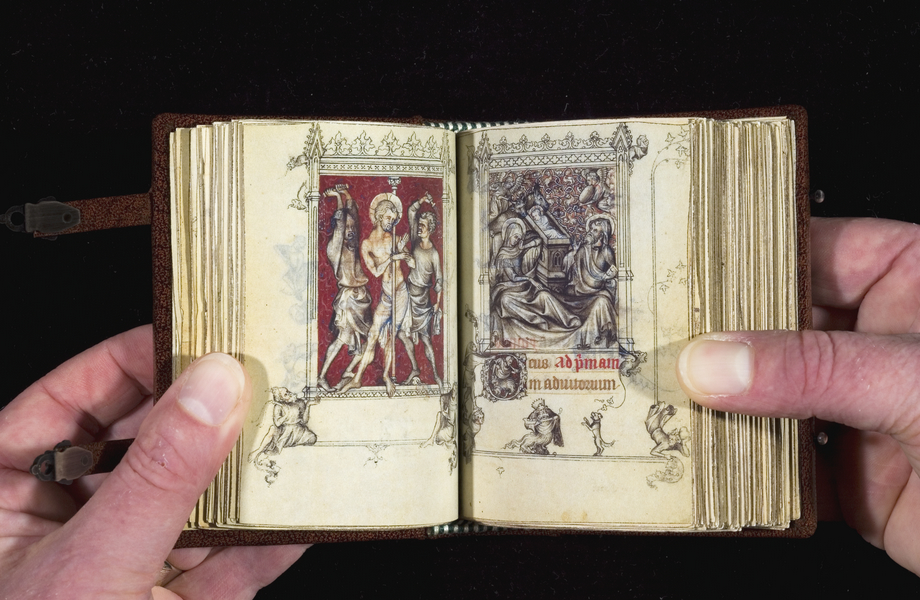
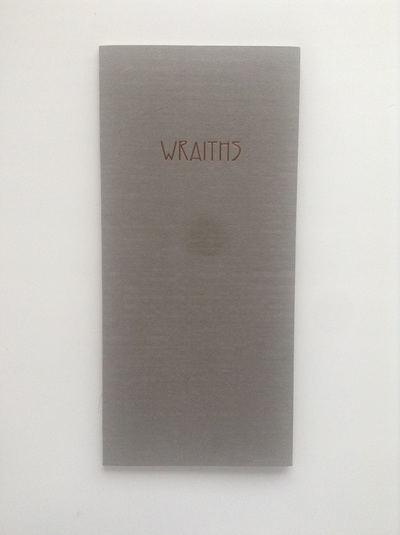
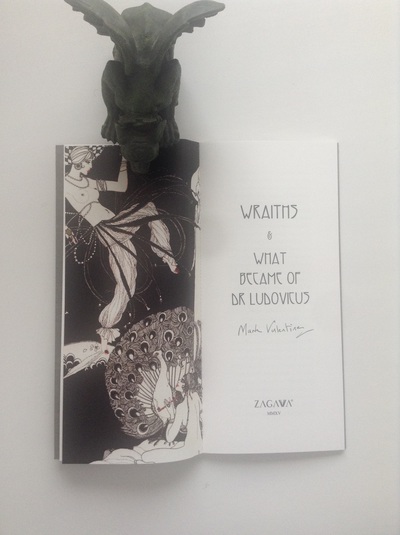
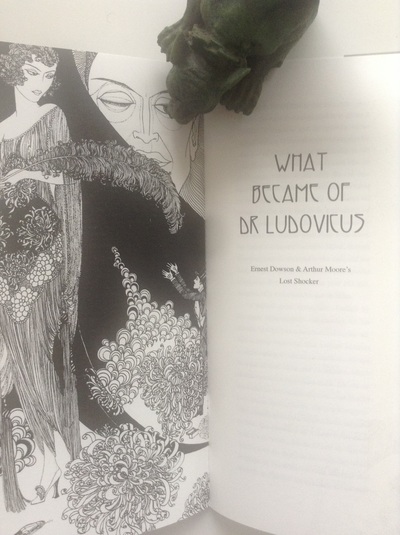
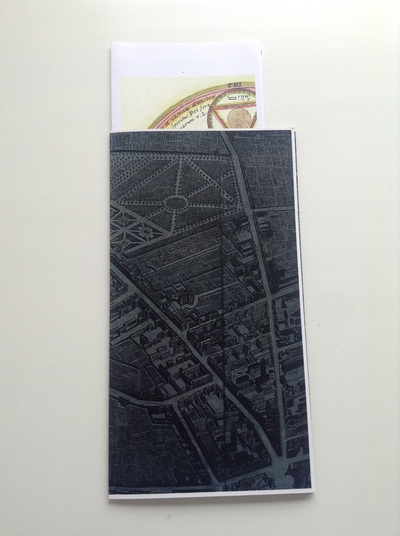
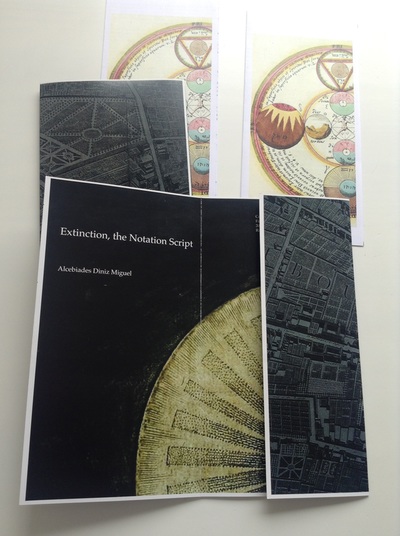
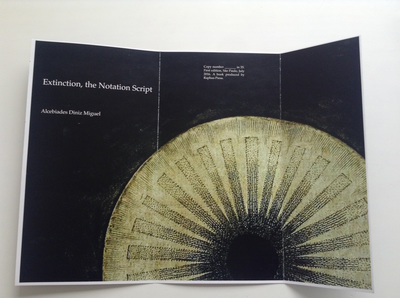
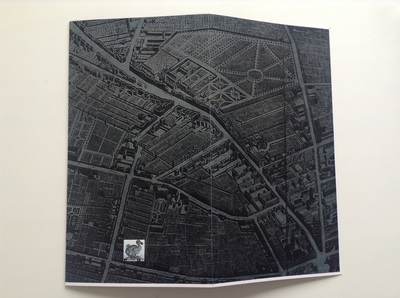
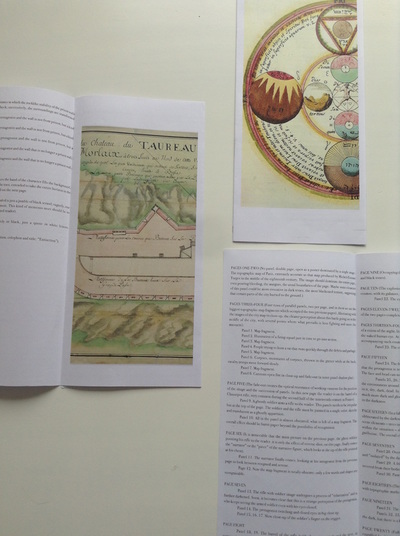
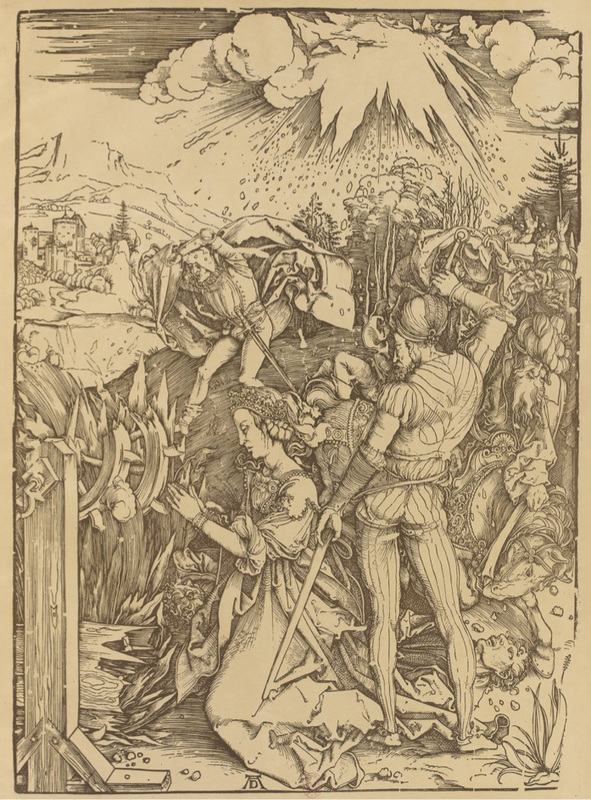
 RSS Feed
RSS Feed
